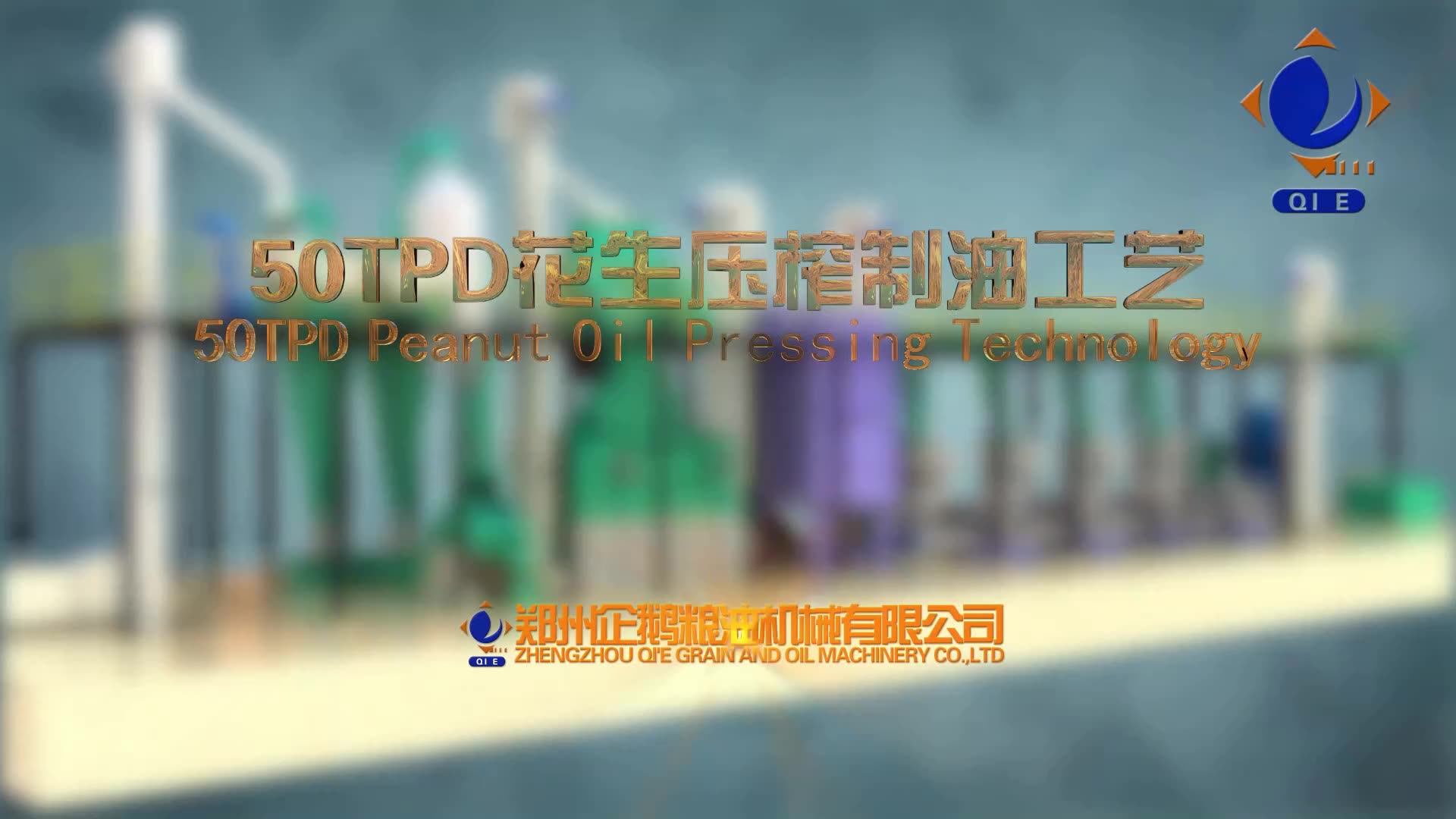
Choosing the right oil press and optimizing process parameters isn’t one-size-fits-all—it depends heavily on your production scale. Whether you're a small mill producing 5 tons/month or a large plant handling 50+ tons/day, understanding how to match equipment with workflow efficiency can boost yield by up to 12% and reduce energy costs by 18–25%. Here’s how.
For small-scale producers (≤10 tons/day), manual cleaning systems with rotating brushes and water jets are sufficient—costs around $3K–$6K upfront. But for mid-to-large operations, automated vibratory cleaners like those from Chenlong improve consistency and reduce labor needs by 40%. A case study from a Ukrainian refinery showed that switching to a fully automated pre-cleaning system increased seed purity from 87% to 96%, directly improving downstream extraction efficiency.
| Production Scale | Recommended Cleaning Method | Avg. Energy Use (kWh/ton) |
|---|---|---|
| Small (<10 t/day) | Manual + basic drum cleaner | ~8 kWh/ton |
| Medium (10–50 t/day) | Vibratory + air separator | ~6 kWh/ton |
| Large (>50 t/day) | Full inline automated system | ~4.5 kWh/ton |
Dehulling removes shells without damaging kernels—a critical step. For medium plants, a hammer mill with adjustable gap settings (3–5 mm) increases oil recovery by 6–8% compared to fixed-gap models. In Turkey, a family-run mill using this method saw their average oil yield jump from 32% to 37% within two months. This is where automation pays off—not just in speed but in quality control.

Single-screw presses work well for small mills (up to 15 tons/day). For larger volumes, multi-stage hydraulic presses offer better temperature control and consistent pressure—key for minimizing oxidation. One Indonesian processor reported a 10% drop in free fatty acid levels after upgrading from a single-stage to a dual-stage press, resulting in higher-grade edible oil suitable for export markets.
Final filtration is often overlooked—but it makes or breaks premium branding. Plate-and-frame filters at 0.5–1 micron capture residual solids, while membrane filters ensure clarity for cold-pressed oils. A Spanish exporter noted that implementing fine filtration allowed them to meet EU food safety standards and secure B2B contracts with health-conscious retailers.
Pro Tip: Always run a pilot batch before full-scale implementation—especially when adjusting parameters like pressing temperature (ideal range: 65–75°C) or screw speed (adjust based on moisture content).
Whether you’re scaling up or optimizing existing lines, smart equipment selection and process tweaks can deliver real ROI—without breaking the bank.
Get Your Personalized Pressing Solution Today
